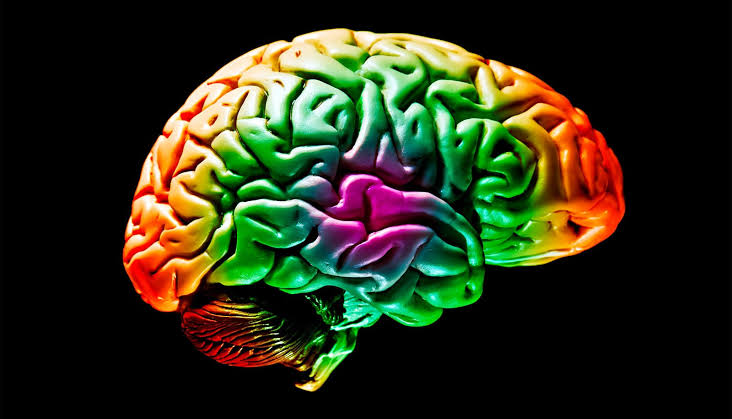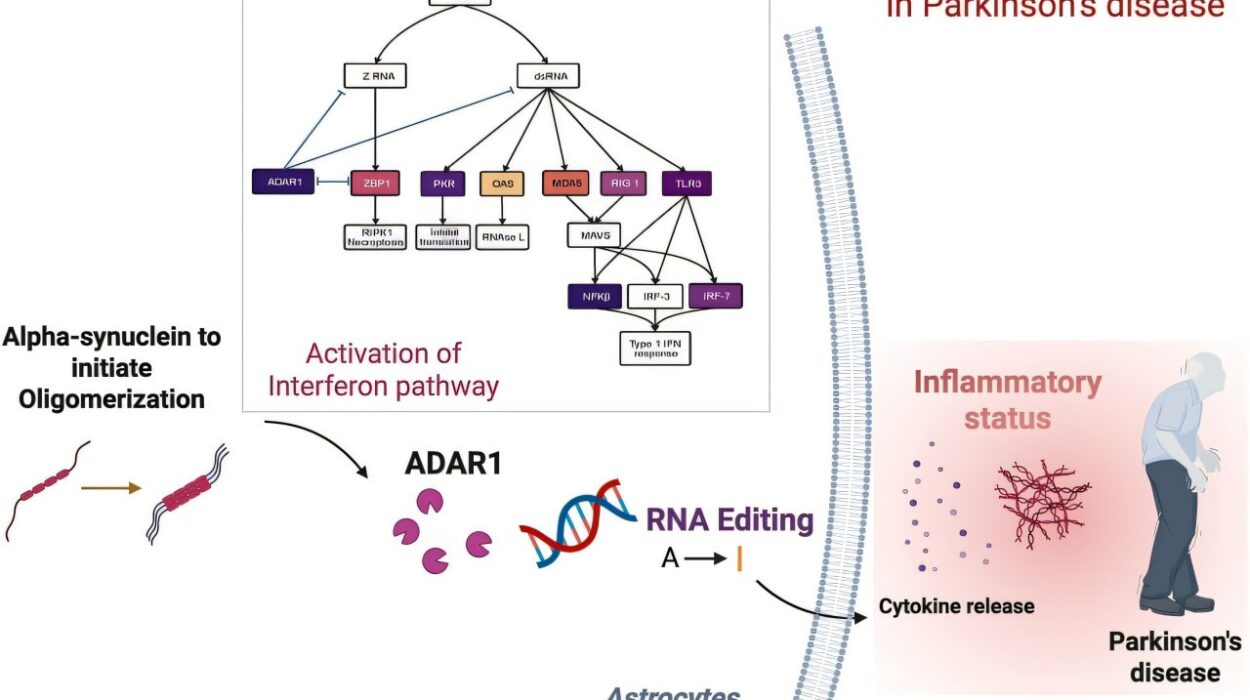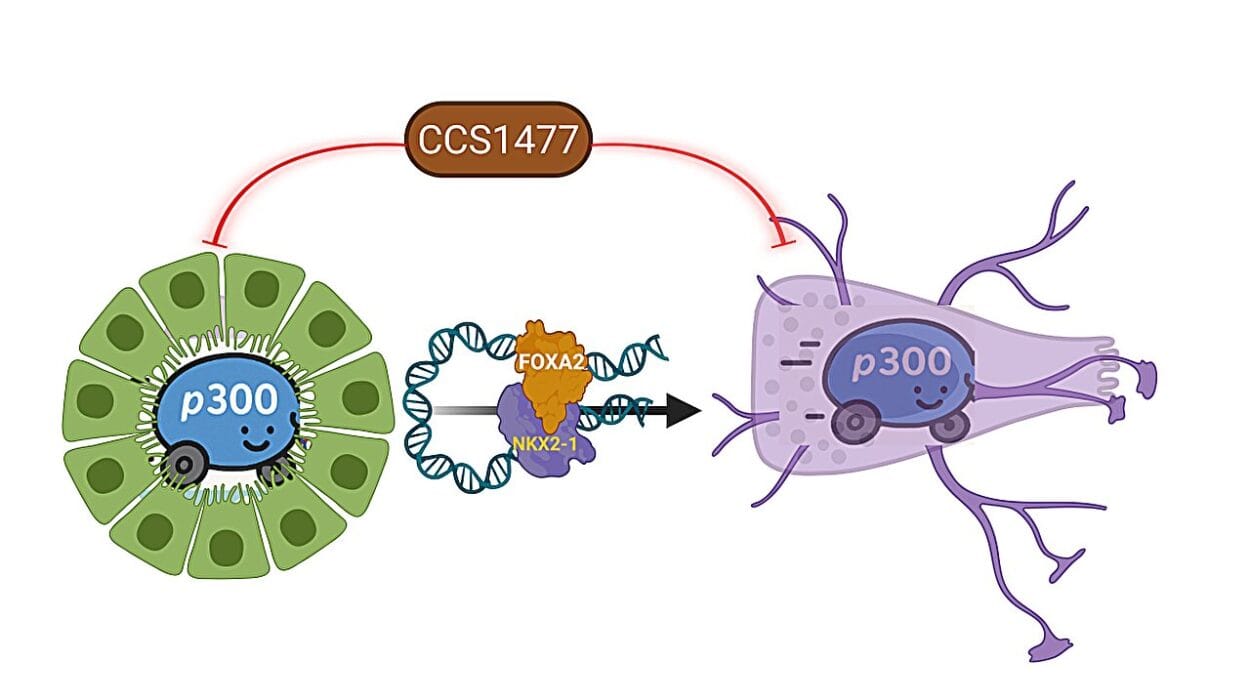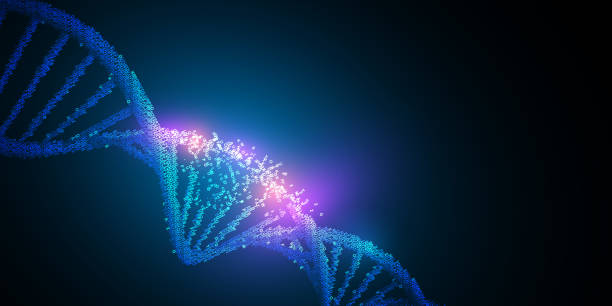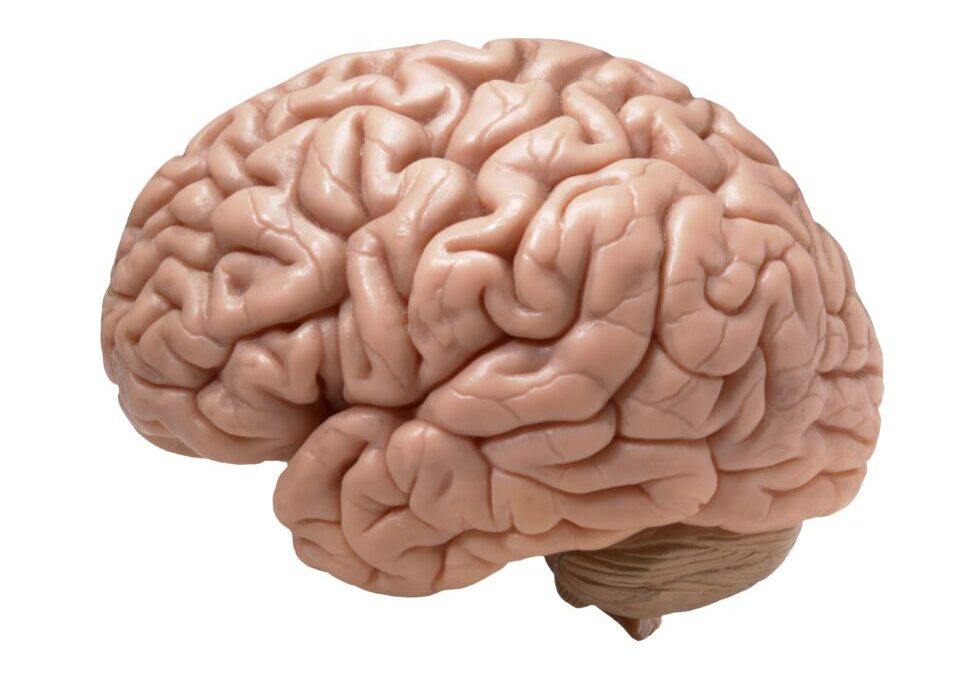A groundbreaking new study published in Psychological Medicine has revealed that major depressive disorder (MDD) may do more than dampen a person’s mood—it may actually make the brain look and function older than it truly is. The research, which zeroes in on a Japanese cohort, adds to a growing body of evidence suggesting that depression doesn’t just affect how we feel but physically reshapes and ages the brain itself.
For decades, scientists have understood depression as a chemical imbalance, a clash of neurotransmitters responsible for mood regulation. But more recent discoveries paint a broader, more sobering picture: depression may be intricately tied to biological aging—especially in the brain. Until now, much of this knowledge came from studies conducted in Western populations. The new research, led by Ruibin Zhang of Southern Medical University in China, shifts the spotlight to an Eastern population, broadening the global understanding of how depression affects the brain’s structural integrity.
Not Just in Your Head: Depression’s Physical Toll on the Brain
The researchers examined brain scans from 670 individuals—239 of whom had been diagnosed with major depressive disorder and 431 healthy controls. These images, sourced from multiple locations across Japan, were analyzed using advanced neuroimaging tools and machine learning algorithms to assess cortical thickness, a crucial marker of brain health and aging. Cortical thinning, in particular, is often associated with cognitive decline, memory loss, and neurodegenerative diseases like Alzheimer’s.
The machine learning model was trained to estimate “brain age,” a biological measurement that compares a person’s actual chronological age with the physical condition of their brain. In those suffering from major depression, the estimated brain age was significantly older than their actual age. This age gap underscores a stark reality: depression may accelerate biological aging processes within the brain, even in relatively young individuals.
The Thinning Brain: Where Depression Hits Hardest
While general brain shrinkage is part of normal aging, this study identified two specific regions that were especially affected in individuals with depression: the left ventral brain region and the premotor eye field. These areas are not random. They’re known for managing high-level cognitive tasks—things like attention span, short-term memory, logical reasoning, and the ability to suppress impulsive behavior.
Cortical thinning in these areas may help explain why depression so often coexists with concentration difficulties, memory lapses, decision-making problems, and even changes in visual processing. In other words, these structural changes are not just abstract observations from a brain scan—they align with the real-life cognitive struggles many people with depression experience.
The Neurochemical Imbalance Runs Deeper Than Mood
Digging deeper, the researchers found that the areas most affected by cortical thinning also showed significant alterations in neurotransmitter activity. Specifically, changes were observed in systems involving dopamine, serotonin, and glutamate—the brain’s chemical messengers for reward, mood stabilization, and cognition.
Dopamine, often dubbed the “feel-good” chemical, is central to motivation and pleasure. Serotonin helps regulate mood and anxiety, while glutamate supports learning and memory. Disruptions in these systems can create a perfect storm for emotional turmoil, cognitive dysfunction, and now, it seems, accelerated brain aging. These neurochemical changes could be both a cause and a consequence of structural brain changes—trapping individuals in a vicious cycle of mental and biological decline.
The Role of Genes in Aging Brains with Depression
In addition to neurotransmitters, the study turned a spotlight on gene expression. The researchers looked at how genes were behaving in the regions of the brain most impacted by thinning. What they found was telling: increased activity in genes responsible for protein binding and processing.
Why does this matter? Protein processing is fundamental to maintaining cellular health. When these pathways are disrupted, cells struggle to perform basic tasks like repairing damage or generating energy. Over time, this can lead to tissue breakdown and degeneration—hallmarks of an aging brain. The heightened activity of these genes may signal an overworked system, straining to maintain normal function in the face of depression-induced stress.
This discovery bridges the gap between mental illness and molecular biology. It reveals how depression may not just change our thoughts and feelings but could be working deep in the biological trenches of our brain cells, slowly pushing them toward decay.
Cultural Context: Why Studying Eastern Populations Matters
One of the study’s most significant contributions lies in its focus on a Japanese cohort. Much of our understanding of brain health and psychiatric illness comes from research done in Western populations, but cultural, genetic, and environmental differences can influence both mental health and neurological outcomes.
By analyzing a population with a distinct genetic background and potentially different environmental stressors, this study enhances the universality of its conclusions. Depression’s link to brain aging, it appears, transcends geographic boundaries and cultural differences, suggesting a fundamental biological truth.
Limitations and the Road Ahead
As compelling as these findings are, they come with caveats. The study is cross-sectional, meaning it captures a snapshot in time rather than tracking changes across years or decades. While it establishes a link between depression and accelerated brain aging, it doesn’t clarify causality. Are brains aging faster because of depression, or do older-appearing brains predispose individuals to depressive symptoms?
Longitudinal studies, where researchers follow participants over extended periods, are crucial to answer this chicken-and-egg dilemma. Additionally, understanding how treatment—whether pharmacological, behavioral, or lifestyle-based—might reverse or slow brain aging is an urgent next step in this line of inquiry.
Reframing Depression as a Whole-Body Disease
This study adds to the mounting evidence that depression is far more than just a psychological disorder—it’s a systemic condition with physical, structural, and biochemical consequences. It challenges long-held assumptions that mental illnesses are somehow “less real” or less urgent than physical ailments. In reality, depression may be accelerating aging from the inside out, beginning with the brain and potentially extending to other organ systems.
The implications for treatment are profound. Traditional antidepressants aim to balance neurotransmitters, but if depression is reshaping the brain’s architecture, then new approaches—possibly targeting inflammation, oxidative stress, or even brain regeneration—might be needed. Brain health should be part of the conversation in any treatment plan, and preventive strategies like exercise, sleep hygiene, mindfulness, and proper nutrition may play a more important role than previously thought.
The Human Cost: Beyond Statistics and Scans
Behind every MRI scan is a person—someone struggling with fatigue, hopelessness, and brain fog that no one else can see. Understanding that these symptoms may be rooted in actual physical changes within the brain offers both validation and hope. Validation that their suffering is not imagined. Hope that with the right tools and knowledge, we can begin to treat depression not just at the level of mood but at the very core of biological aging.
This study, then, is more than just another data point—it’s a call to action. A reminder that mental health is inextricably linked to physical health, and that caring for the mind means protecting the brain itself.
